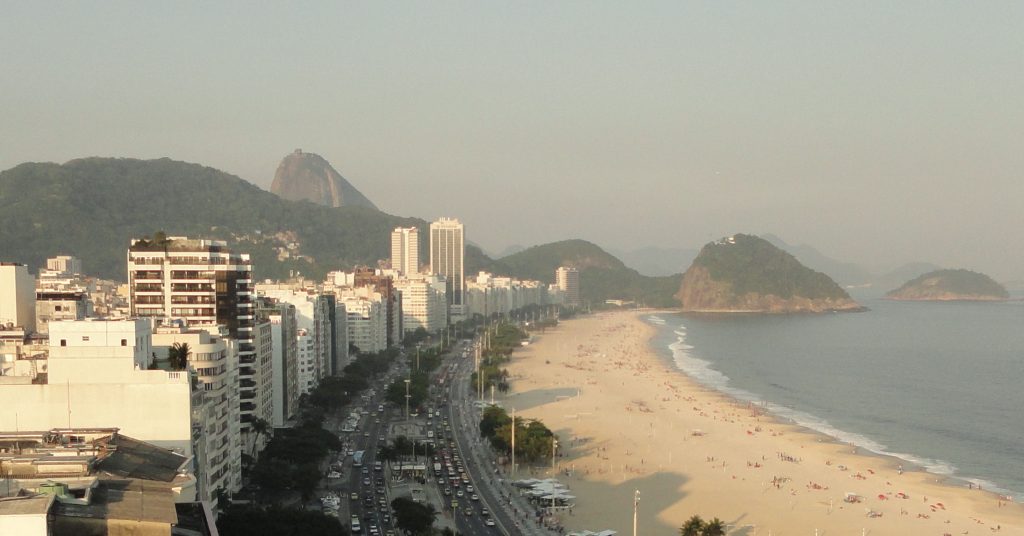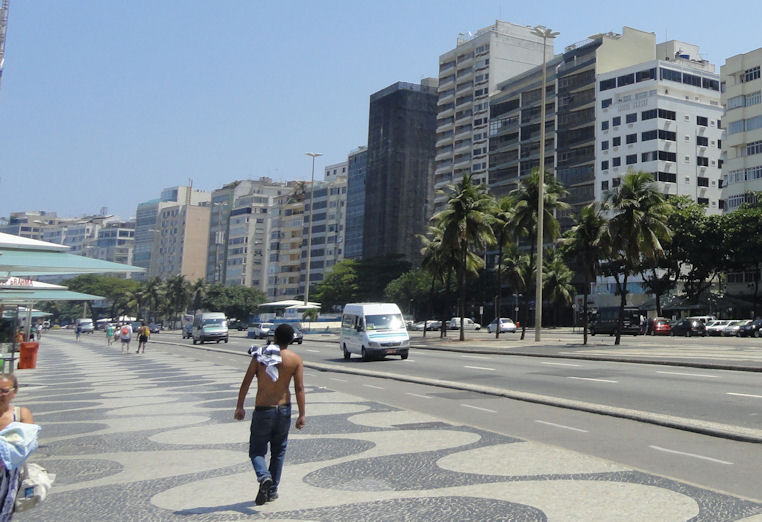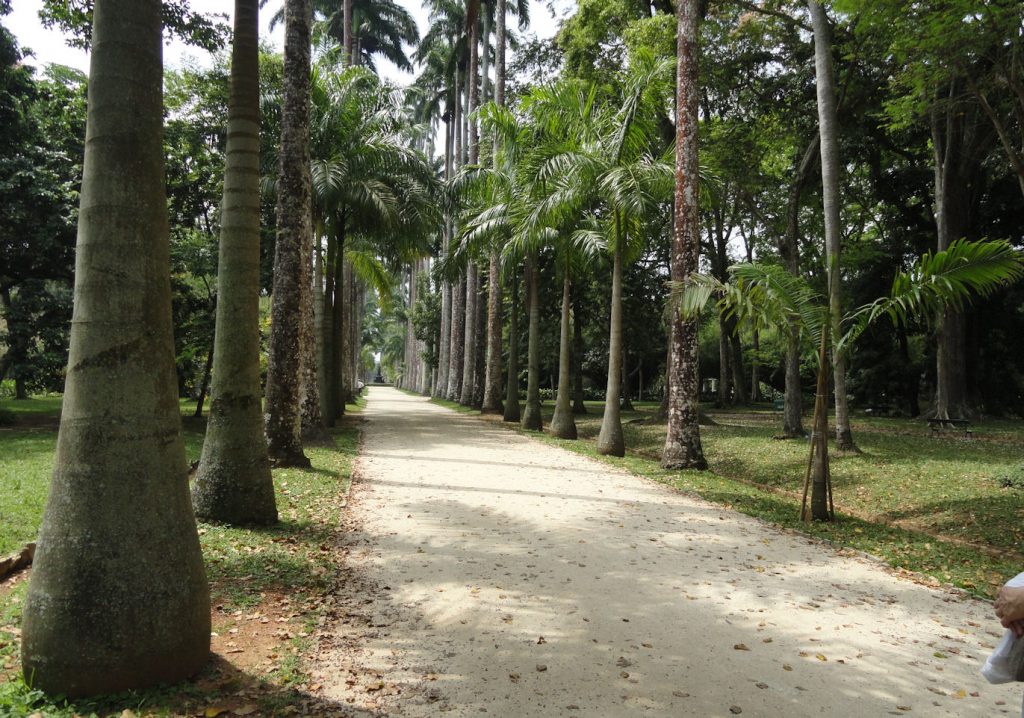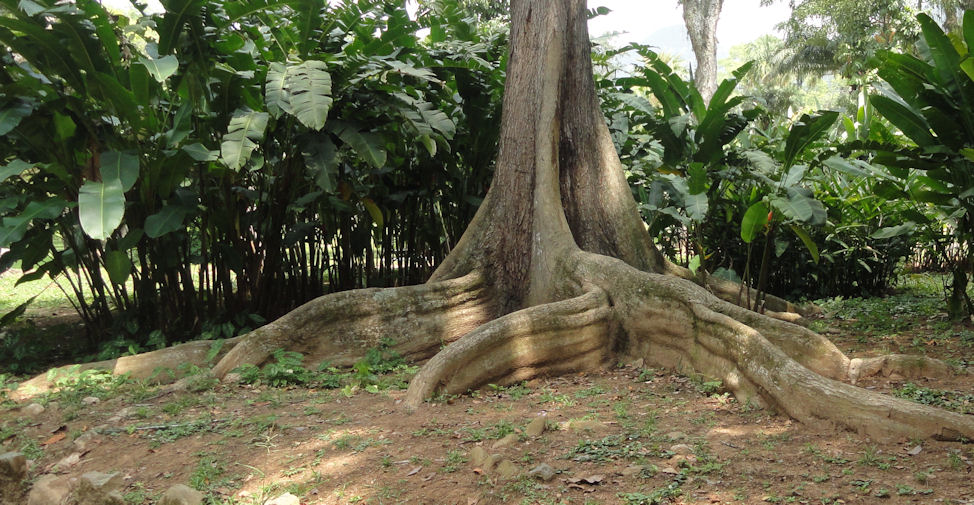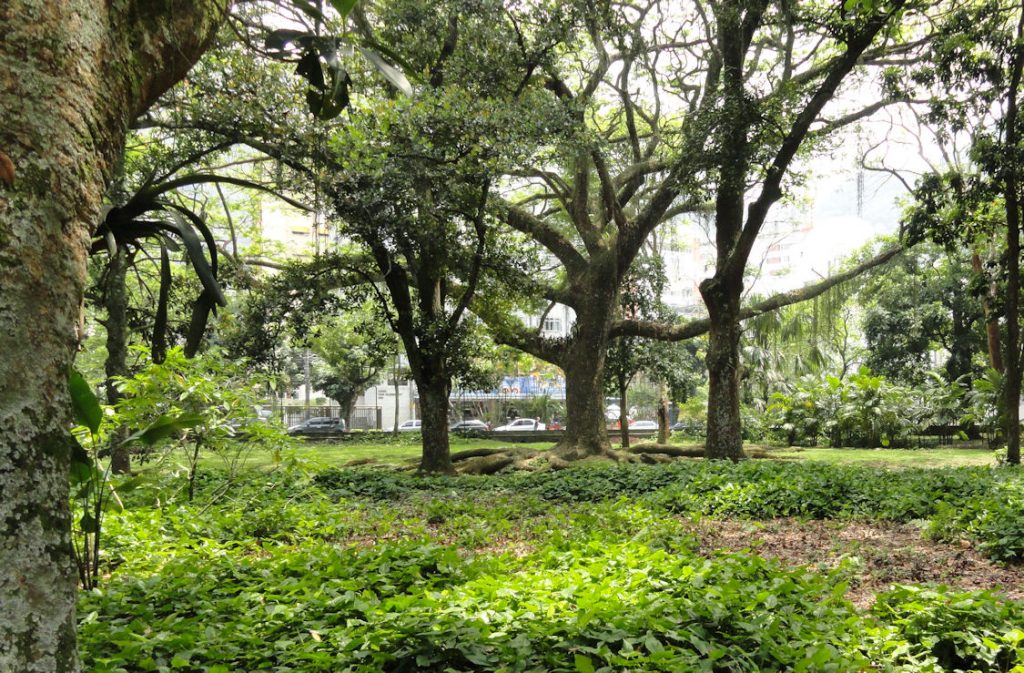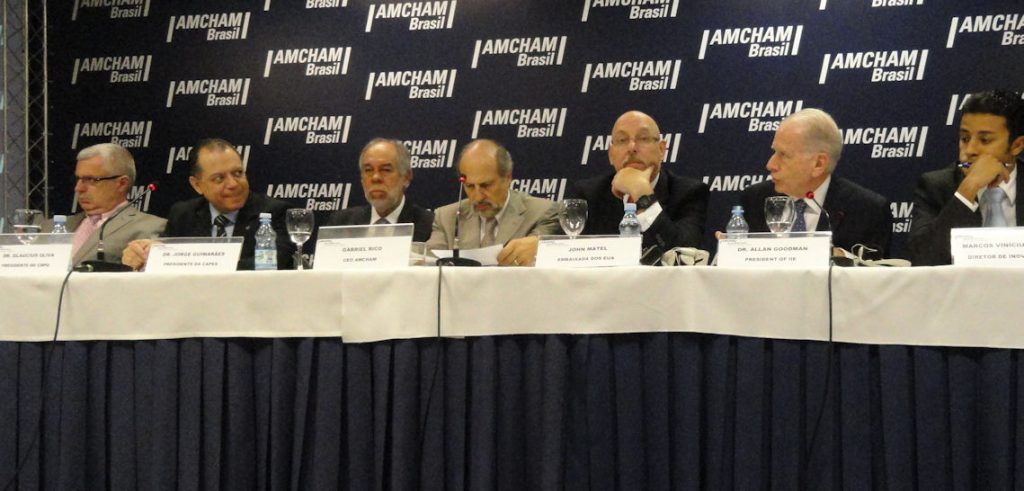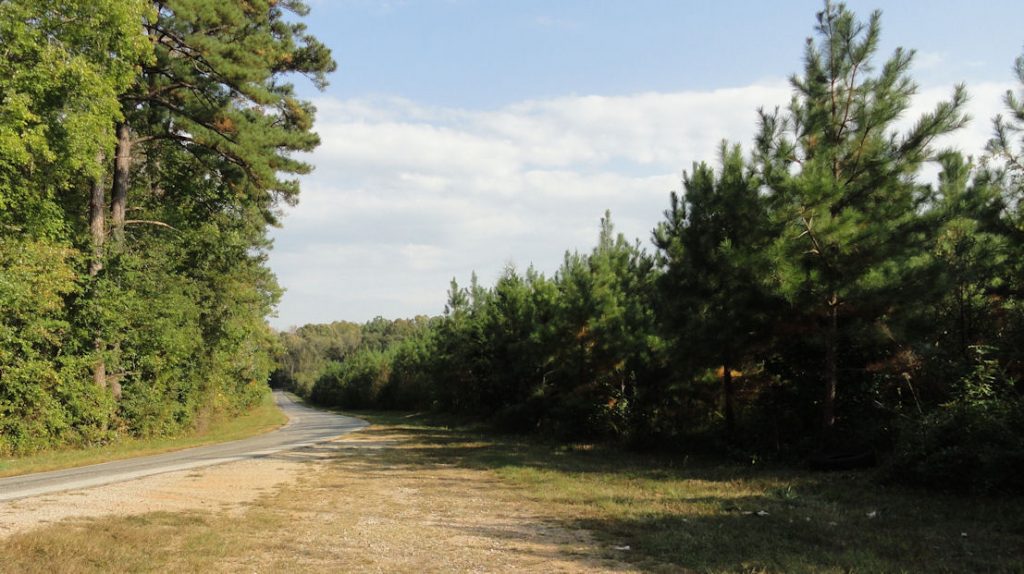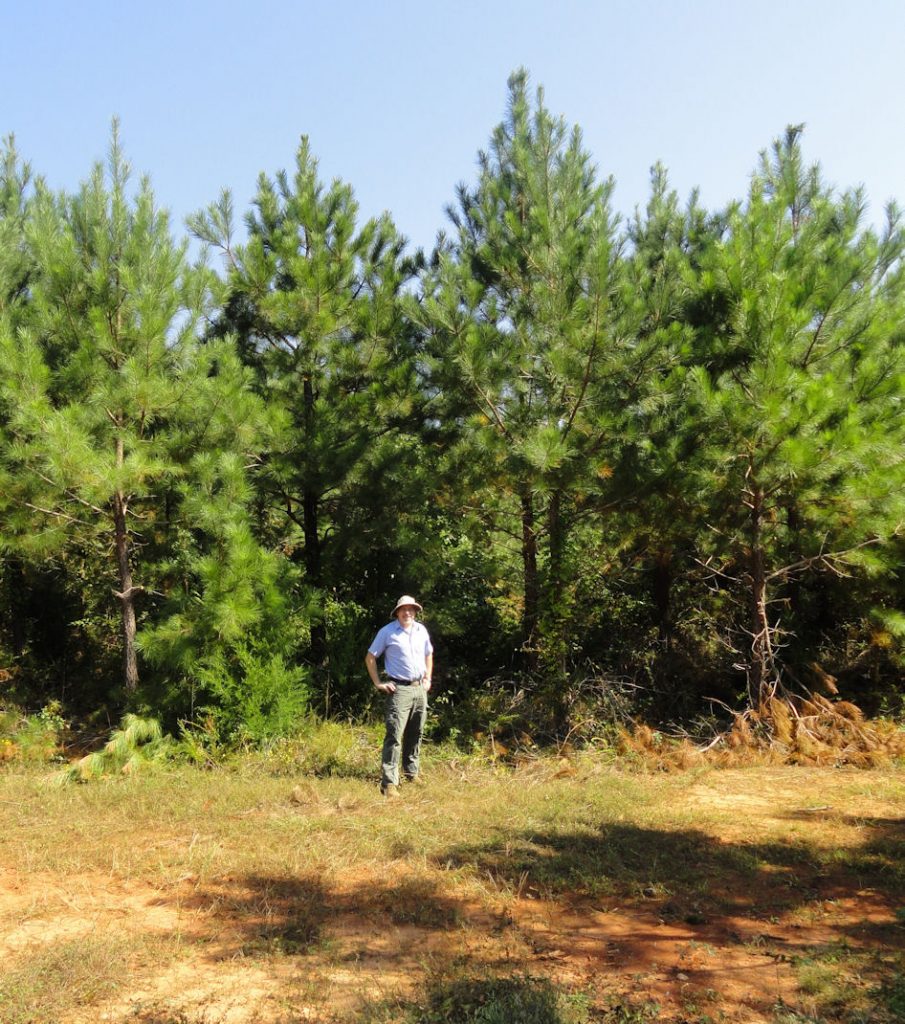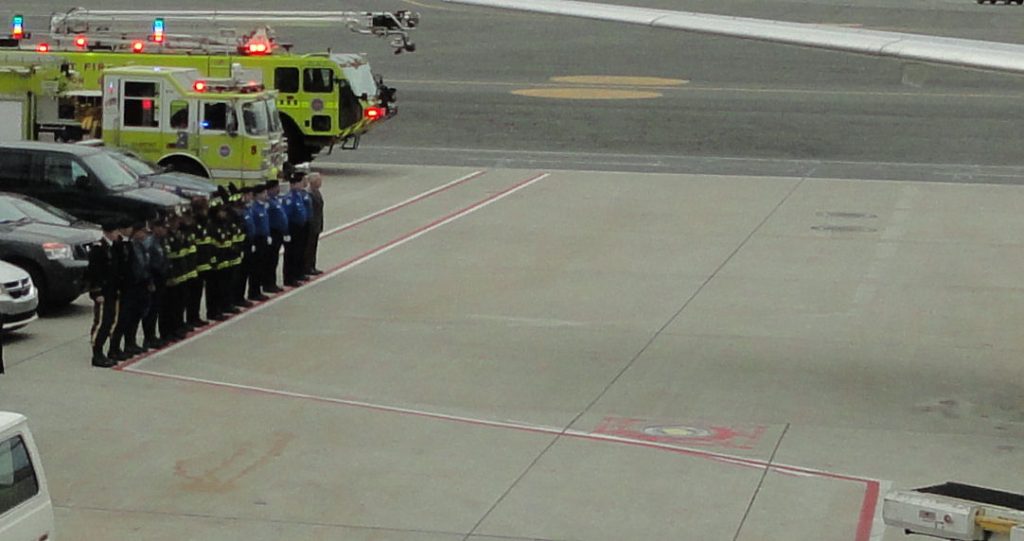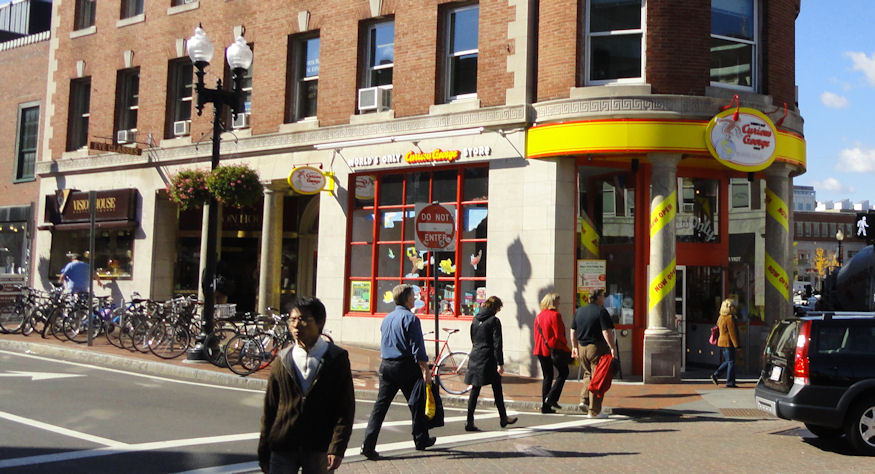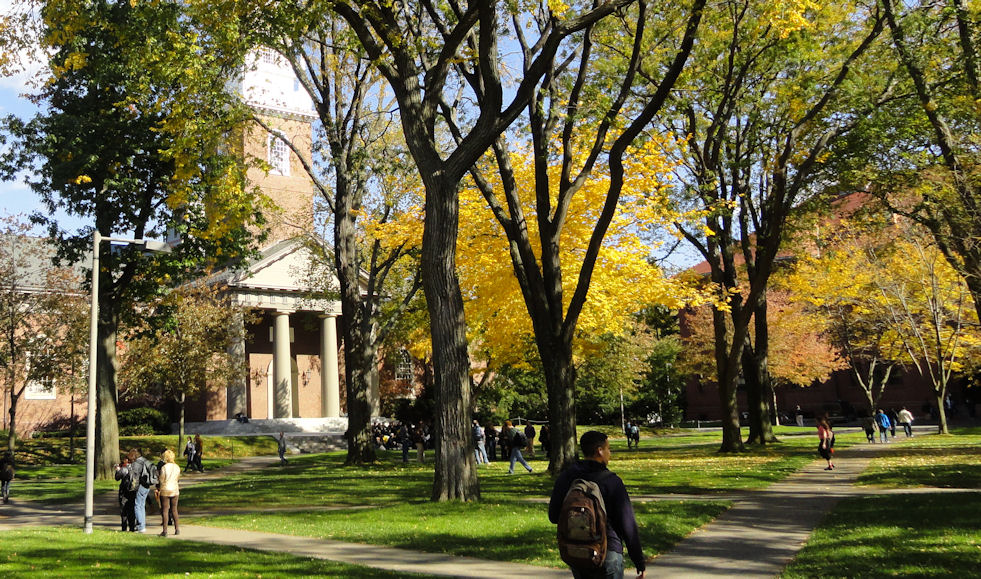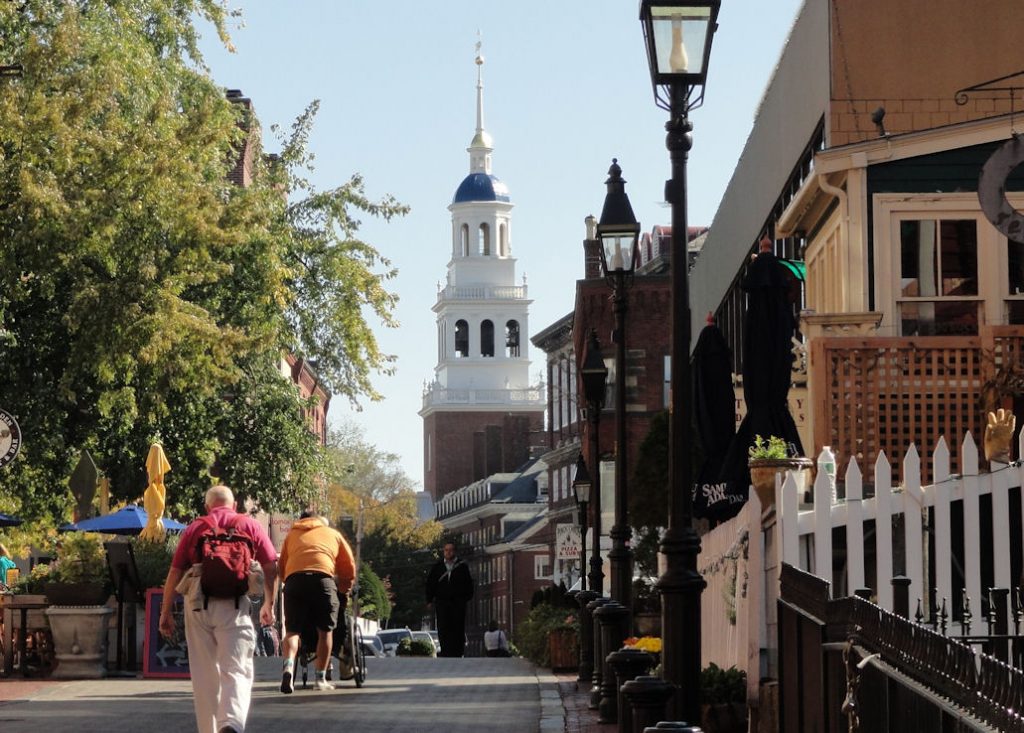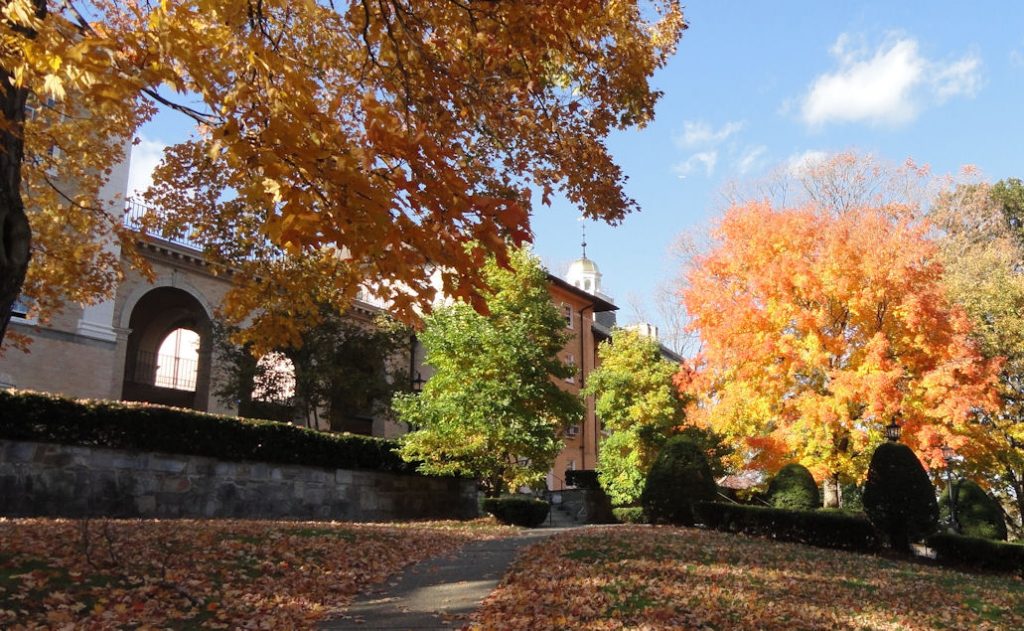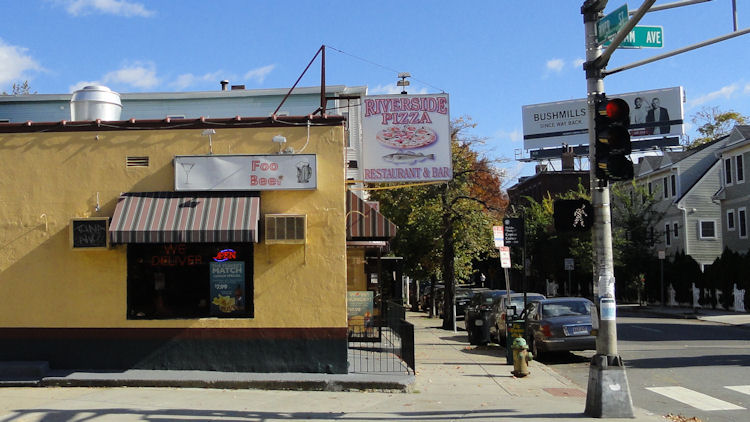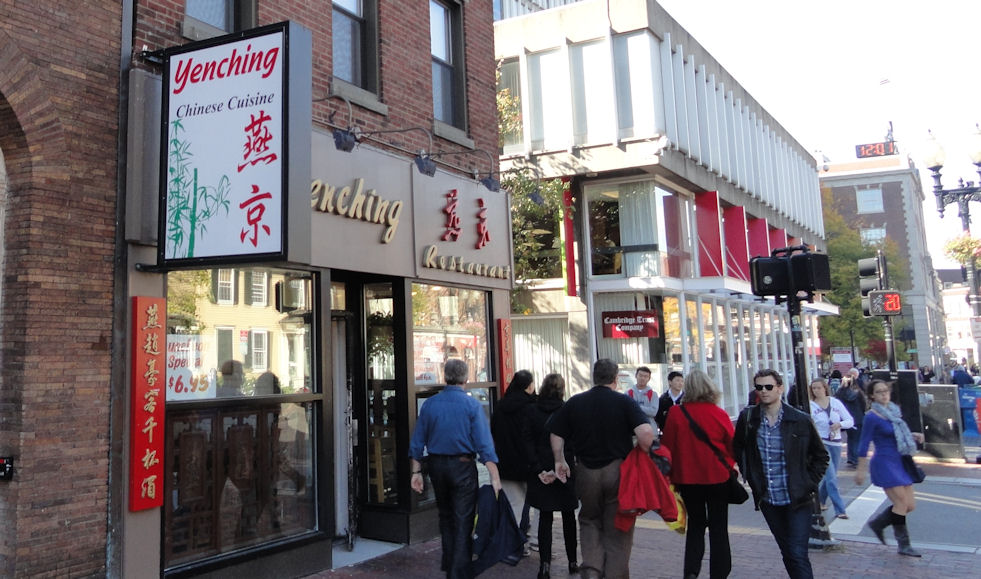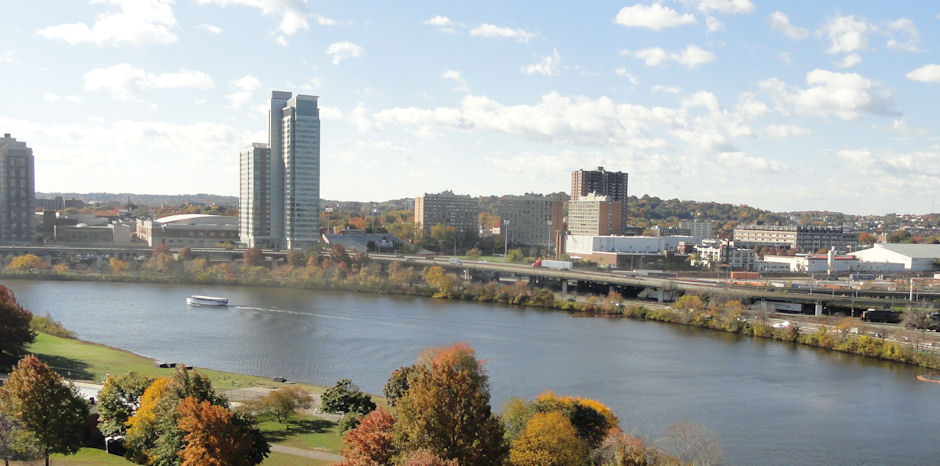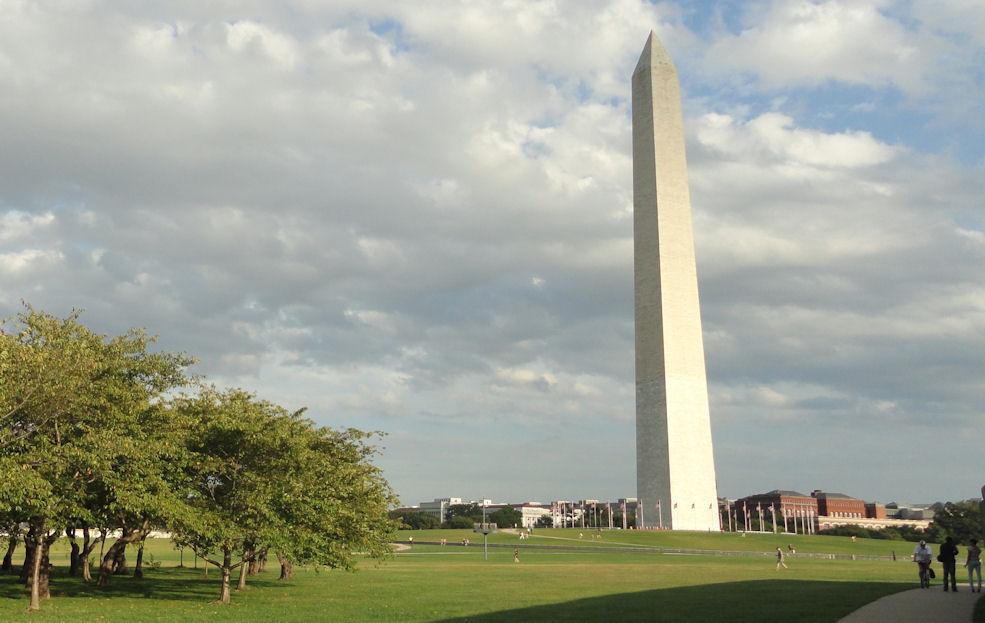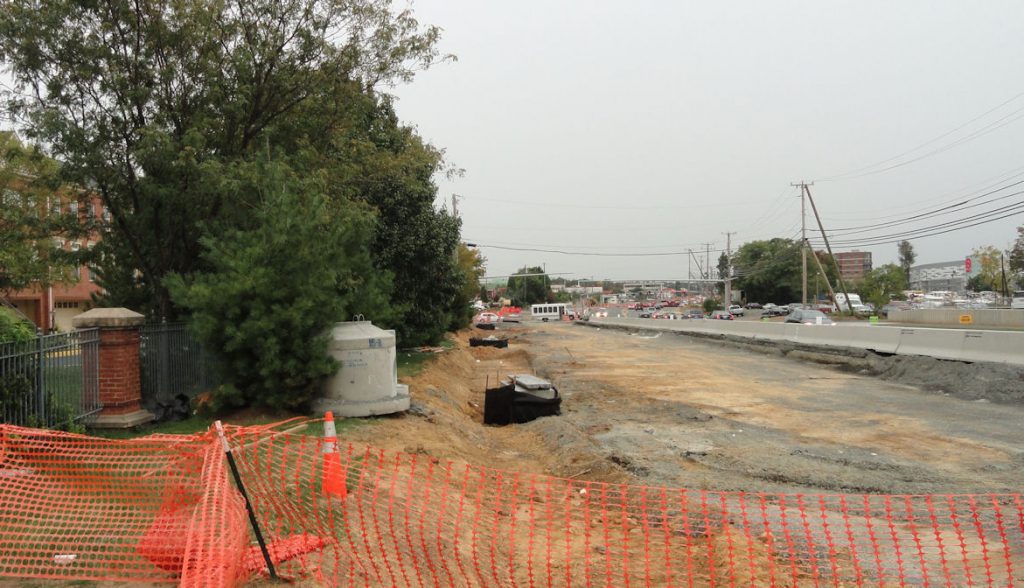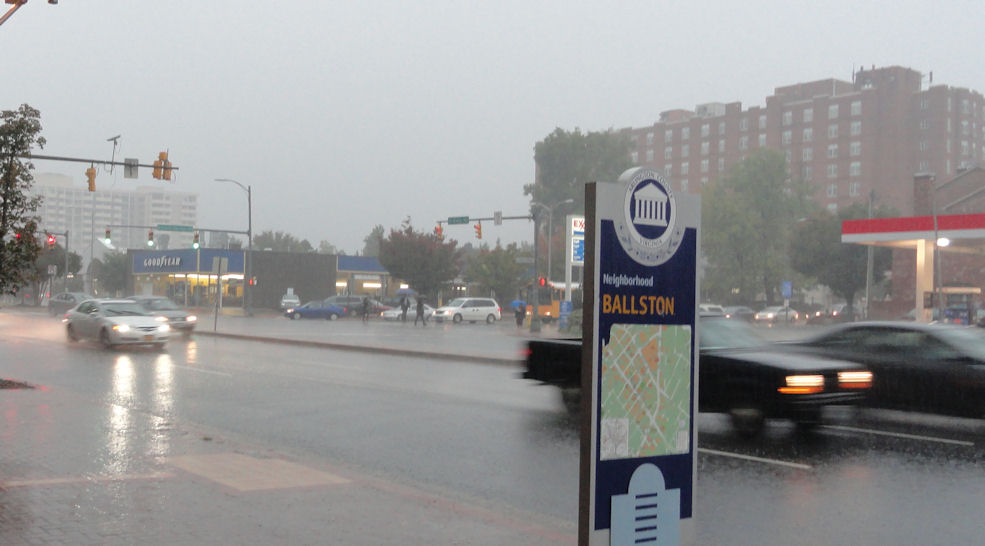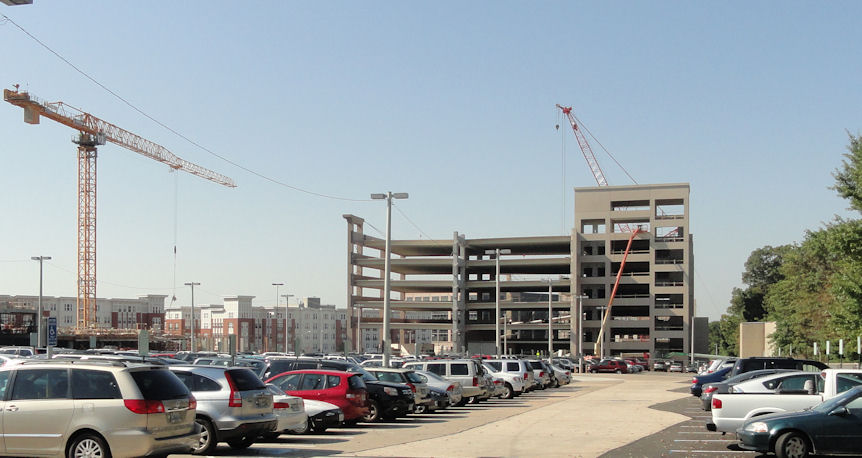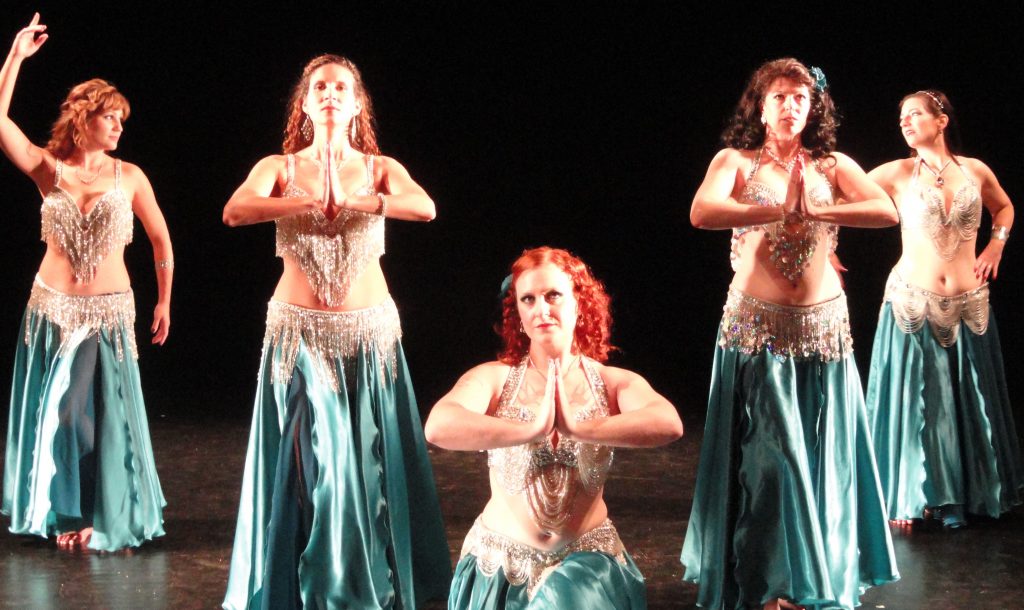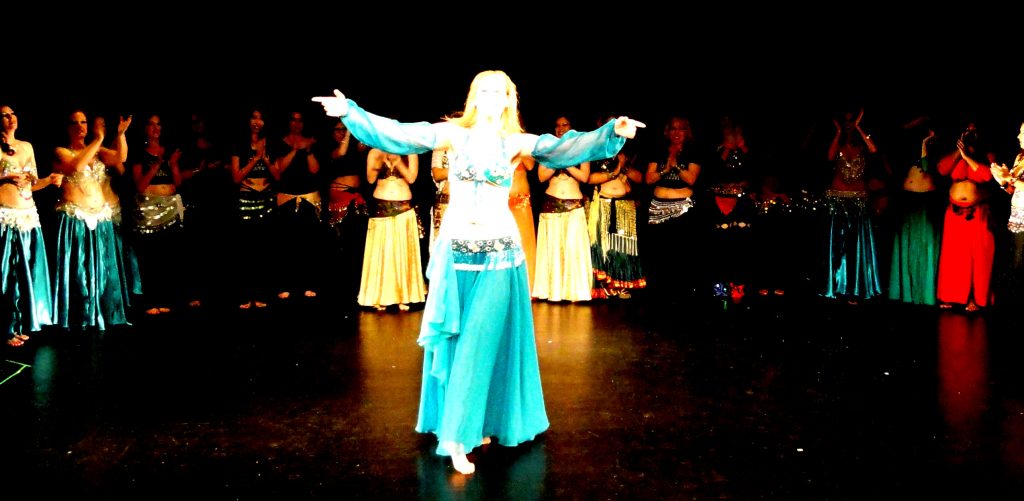A few years ago there was a big conflict in baseball between the scouts and the quants, or maybe you could call it the jocks v he nerds. The dispute was whether the scouts, with their years of judgment and powers of observation could pick better players than the quants, who had developed complex programs based on statistics. Baseball is probably the most statistical rich sport. Presumably, if you could harness all the power of the numbers, machines could better predict the trajectory of any player than could a human. Somebody even wrote a book about that called “Moneyball” which extolled the virtues of the numbers. I didn’t read that book and I am not much of a sports fan, so I know only what I read in other places and I am interested in this only as an illustration of the larger issue of forecasting. Evidently the war between the scouts and the quants is over and both sides won.
So what does this show? The source I read about this concluded that both were useful and that numbers are made meaningful by human judgment while human judgment is improved by numbers. While I think that is definitely true, I also think there is the element of time. The older generation of scouts had to adapt. Actually, many probably just died out. The conflict became meaningless as everybody started to use the quants as the tool it was. Ironically, after digesting the quants, human judgment became even more important, informed as it was by the quants which took some of the randomness out and maybe a little of the insider game. Information became available to all, or at least to most, and those who could best use it did better. This is the bigger story.
I think we have gone through a similar evolution concerning new media at State. I will be immodest to claim that I got there before many others. I paid for that, as I was seen as an apostate to the new media, or more likely just thought too old and staid to really understand. But when I was last in Washington to take part in a new media strategy session, I found the environment much more accommodating to my ancient ways.
Our war between the scouts and the quants is also over and both sides have won. There still will be skirmishes, as the latest new technology will promise to change everything, but I think we have reached equilibrium. The new media/social media is an essential tool of all public affairs, but it is just ONE tool and it is not the objective in itself. The object is as it was and always will be: to reach human beings and help them change their minds. Some strategies will lean heavily on social media; others not so much.
We just had an interesting situation with social media. Because of an extended strike at the Federal Universities in Brazil, summer vacation dwindled to a few weeks. Because of this, students who had planned to go to the U.S. to work at places like Disney were unable to go. The unhappy kids set up a Facebook page where they framed the issue as a visa denial problem. Indeed, we could not issue summer work visas, since there was no summer vacation to work. But the impediment was not our visas; it was the vacations, or lack thereof. The issue leaked into the newspapers and television. It was very unpleasant.
In the old days, we would have crafted a press strategy to get our narrative into the press. The problem was that our best narrative still looked bad. The bottom line is that kids cannot go. Their dreams are put on hold. There is no scenario where we are better off. If you cannot win, don’t play. New media made this possible. The number of aggrieved kids was small and most of them were on social media. We engaged them directly. We could not offer them any solutions, but we could listen to their complaints and explain the situation, our narrative, yes, but precisely targeted. Our goal was to make the story as banal as possible, so that no media outlet would care to cover it. Our strategy worked. The kids involved lost interest in making trouble, since they understood that the situation was what it was. We told them that they could apply next year, which is true although not immediately useful.
Social media allowed us to precisely address the people who really cared without irritating a much larger community. I would liken it to those new surgical techniques that can get at the problem with minimal invasiveness.
Of course, we could only do this because we had already developed and deployed our social media acumen, but I think we can call this a success story for social media and the principle of limited appropriate response.
It is generally true in public affairs that any story that comes looking for you will be bad. Good stories are the ones we have to go out and push. If a story comes to you, it usually implies defense. We used to have to take these lemons and try to make poor quality lemonade out of them. We sometimes could stop them by our own engagement with journalists, but usually not if they were interesting. Social media allows us to get at the source of the problem. Our challenge remains identifying the true source but this is a step forward.
Maybe I am not as much as an apostate as I let on.
My picture is the Charles River from the Courtyard Inn in Cambridge. I am here to attend a Harvard seminar on getting more Brazilian students to the U.S. for advanced degree, one of the best public affairs programs possible.
